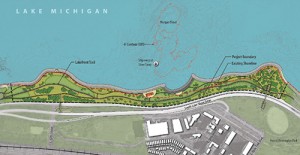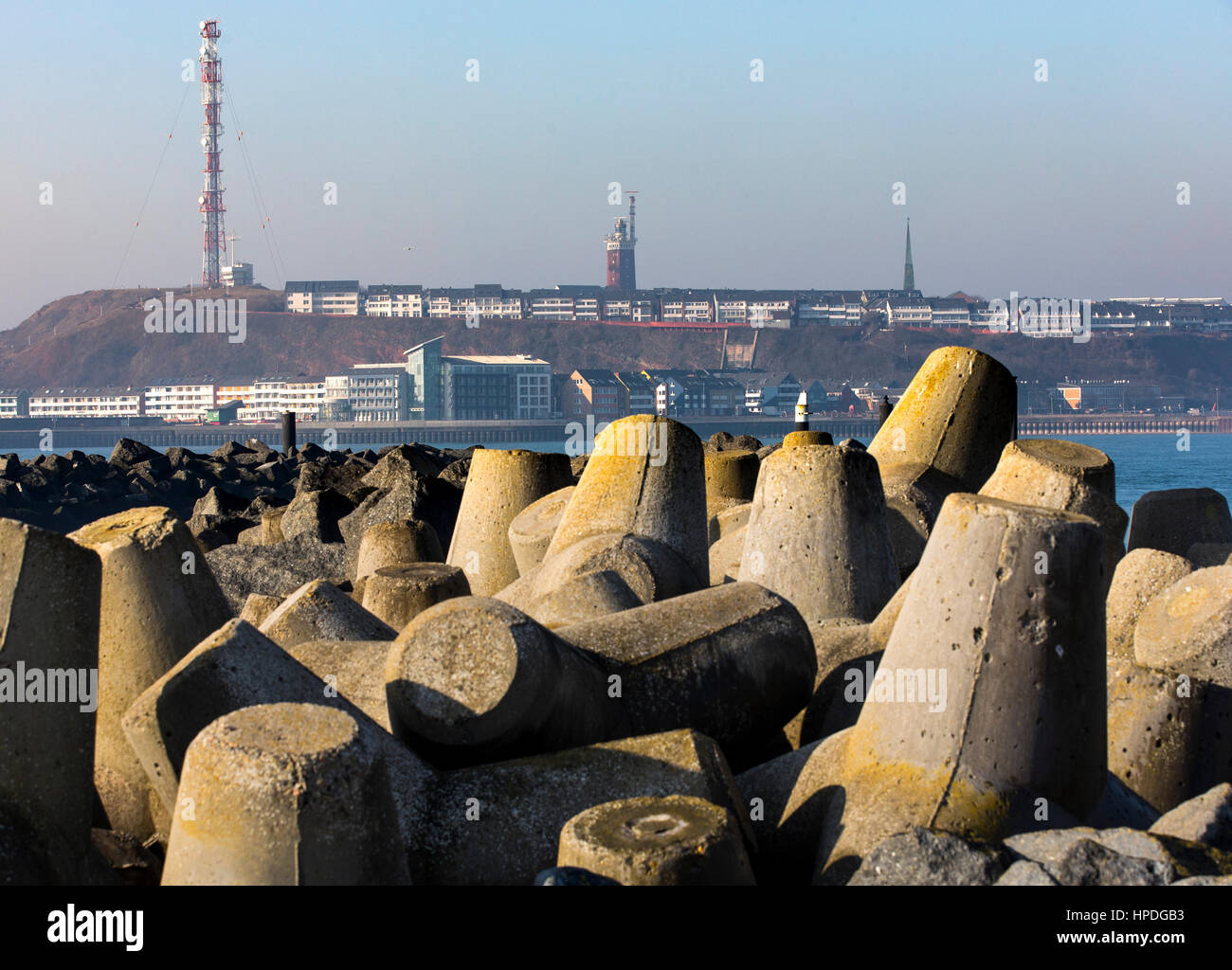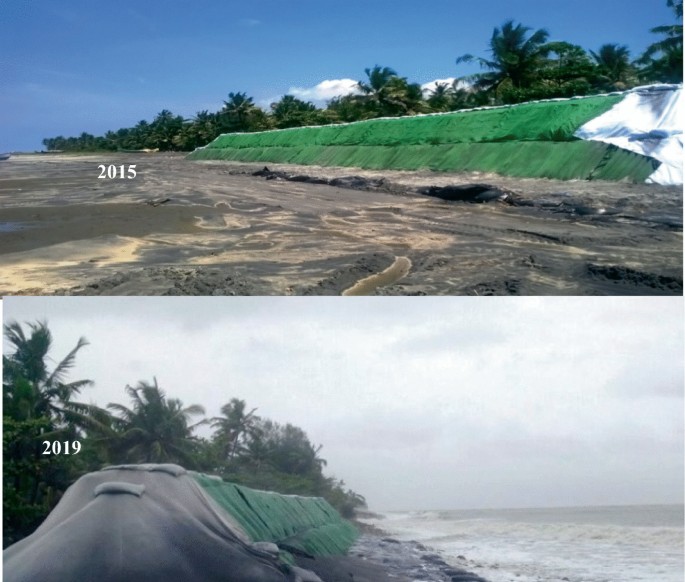Shore Protect Team Fundamentals Explained
Table of ContentsThe Best Guide To Shore Protect TeamThe Best Guide To Shore Protect Team3 Easy Facts About Shore Protect Team DescribedThe Shore Protect Team PDFsShore Protect Team - TruthsAll About Shore Protect TeamA Biased View of Shore Protect Team
Decline in residential or commercial property worth: As the location tourism is influenced by erosion, so then is the economy. Purchasers are less likely to look for a beach home that can be damaged at any kind of moment by the approaching flooding and disintegration emergency situation. In turn, property value can drop greatly and affect the whole area.Whether a beach is just little and jampacked or needs to close totally for the safety and security of the community and neighboring homes, this substantially affects tourism. Subsequently, neighborhood economic climates are impacted (https://ifidir.com). Danger of injury: The increased risk of flooding and architectural failings causes a boosted risk of injury to close-by tourists and community members

is home to even more than 84,240 miles of coastline with 41% of it exposed to the open sea. Coastal designers supervise of safeguarding the shore versus changes by reducing the damaging influences of both natural and man-made incidents. Coastline stablizing is straight related to their job. Waterside resorts: Due to the fact that coastline erosion impacts tourism, it influences the success of beachfront hotels.
The Single Strategy To Use For Shore Protect Team
This ultimately causes closures and abandoned beachfront properties. Coastal business services: No travelers implies no company. For those businesses satisfying residents, their building is at risk of damages from erosion and flooding. Coastal state parks: State parks that exist along coastlines go to risk of damages. Not just to the manufactured frameworks and buildings on site, yet additionally to the natural communities that exist within.
Tough stablizing makes use of man-made structures as protection to control erosion. Most forms of hard stabilization like seawalls and sheet metal are not optimal for coastline stabilization.
The 5-Minute Rule for Shore Protect Team
There's likewise insufficient proof of their efficiency depending upon the type of coastline and neighborhood problems. Difficult stabilization strategies often tend to be harder to set up and do not match the natural aesthetic, protruding like a sore thumb and harming neighborhood ecosystems in several situations. Beach sustenance is the procedure of adding shed sand and debris back to beaches after disintegration has taken place.
TrapBags help in the process of coastline nutrition by shielding natural ecosystems and enabling plants to expand. They're: Environmentally pleasant: You can make use of indigenous soil both to surround and to load the TrapBags.

7 Easy Facts About Shore Protect Team Described
Easy to set up: Relieve of installation implies TrapBags can be deployed swiftly in case of an emergency. They can likewise be set up without any kind of hefty machinery. Budget friendly: TrapBags are perfect for both little and large locations of shoreline. They provide a budget-friendly option to cover jobs of any type of dimension.
Incorporated with a high building and construction expense, this has actually brought about raising use other soft design coastal monitoring choices such as beach replenishment. Seawalls are constructed from different products, many frequently enhanced concrete, rocks, steel, or gabions. Other possible building materials consist of plastic, wood, light weight aluminum, fiberglass composite, and naturally degradable sandbags made of hemp and coir. The proper seawall design relies on location-specific aspects, consisting of bordering erosion processes. There are three primary kinds of seawalls: upright, bent, tipped, and piles (see table listed below).
All-natural barriers, such as coral reefs and mangrove forests, stop the spread of tidal waves and the circulation of coastal waters and alleviated the flooding and surge of water. A cost-benefit strategy is a reliable way to figure out whether a seawall is ideal and whether the benefits are worth the expense.
Shore Protect Team Fundamentals Explained
A seawall is a fixed function which can clash with the dynamic nature of the shore and hinder the exchange of sediment in between land and sea. Advantages and negative aspects of seawalls according to Short (1999) Advantages Negative aspects Long term solution in contrast to soft beach nutrients (https://www.aquarius-dir.com/Shore-Protect-Team_493465.html).

This can cause coastlines to dissipate, providing them useless for beach goers. Usually, seawalls can be an effective way to control coastal disintegration, yet just if they are created well and out of materials that can hold up against the force of continuous wave energy.
Little Known Facts About Shore Protect Team.
Combined with a high construction price, this has led to increasing use of other soft design seaside administration choices such as beach replenishment. Seawalls are built from various materials, a lot of frequently enhanced concrete, rocks, steel, or gabions. Other possible construction materials include vinyl, timber, light weight aluminum, fiberglass composite, and naturally degradable sandbags made from jute and coir. The proper seawall layout relies upon location-specific elements, including surrounding disintegration processes. There are three main sorts of seawalls: upright, rounded, tipped, and piles (see table listed below). A record published by the United Nations Environment Program (UNEP) suggests that the tsunami of 26 December 2004 caused much less damage in the locations where natural barriers existed, such as mangroves, coral reefs or coastal vegetation.
All-natural barriers, such as reef and mangrove forests, stop the spread of tsunamis and the circulation of coastal waters and minimized the flood and surge of water. A cost-benefit approach is a reliable means to figure out whether a seawall is appropriate and whether the advantages deserve the cost.
The Best Strategy To Use For Shore Protect Team
A seawall is a static feature which can conflict with the vibrant nature of the shore and restrain the exchange of debris between land and sea. Advantages and drawbacks of seawalls according to Short (1999) Advantages Negative aspects Lengthy term option in comparison to soft beach nourishment.

This can create beaches to dissipate, making them worthless for coastline goers. Generally, seawalls can be an effective way to manage seaside erosion, however just if they are built well and out of products that can stand up to the pressure of ongoing wave energy. Some understanding is required of the seaside processes and morphodynamics certain to the seawall location.